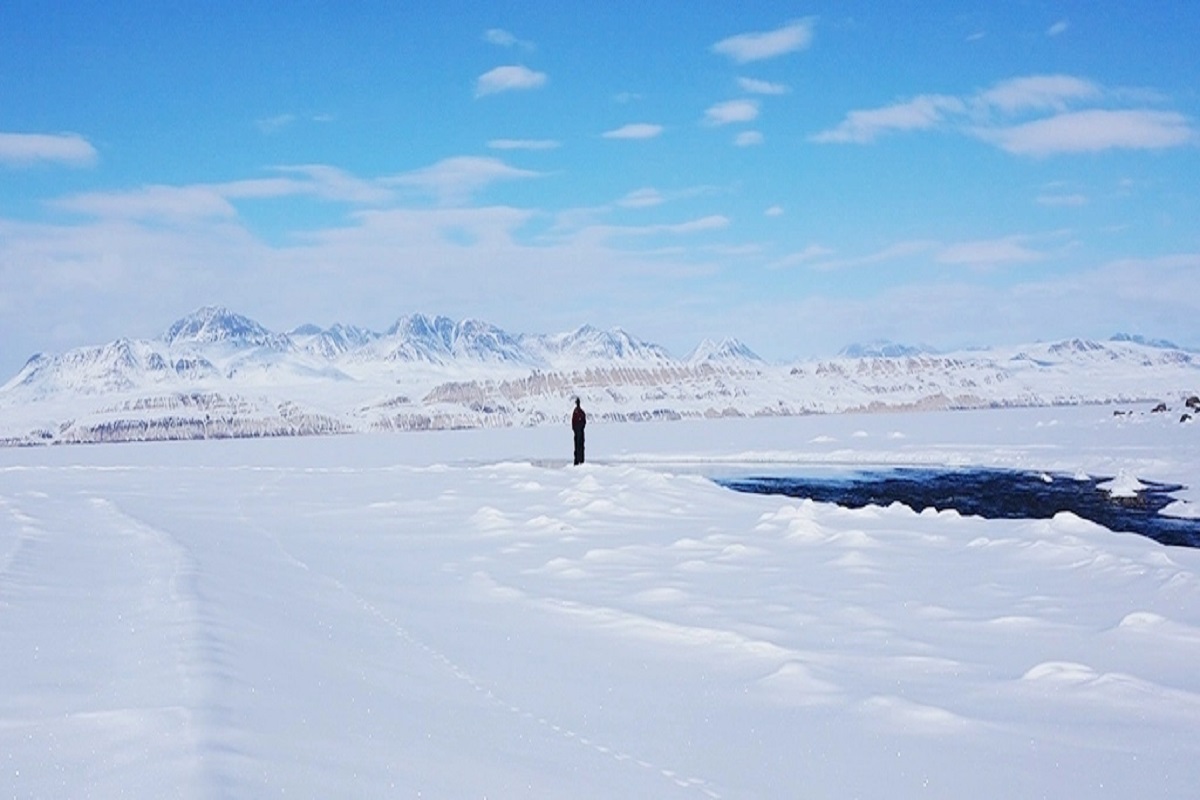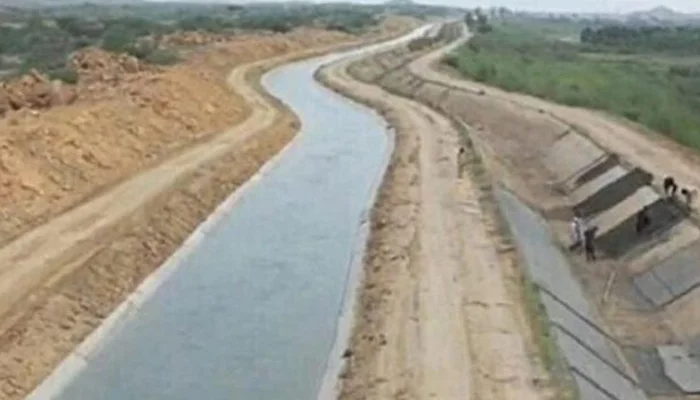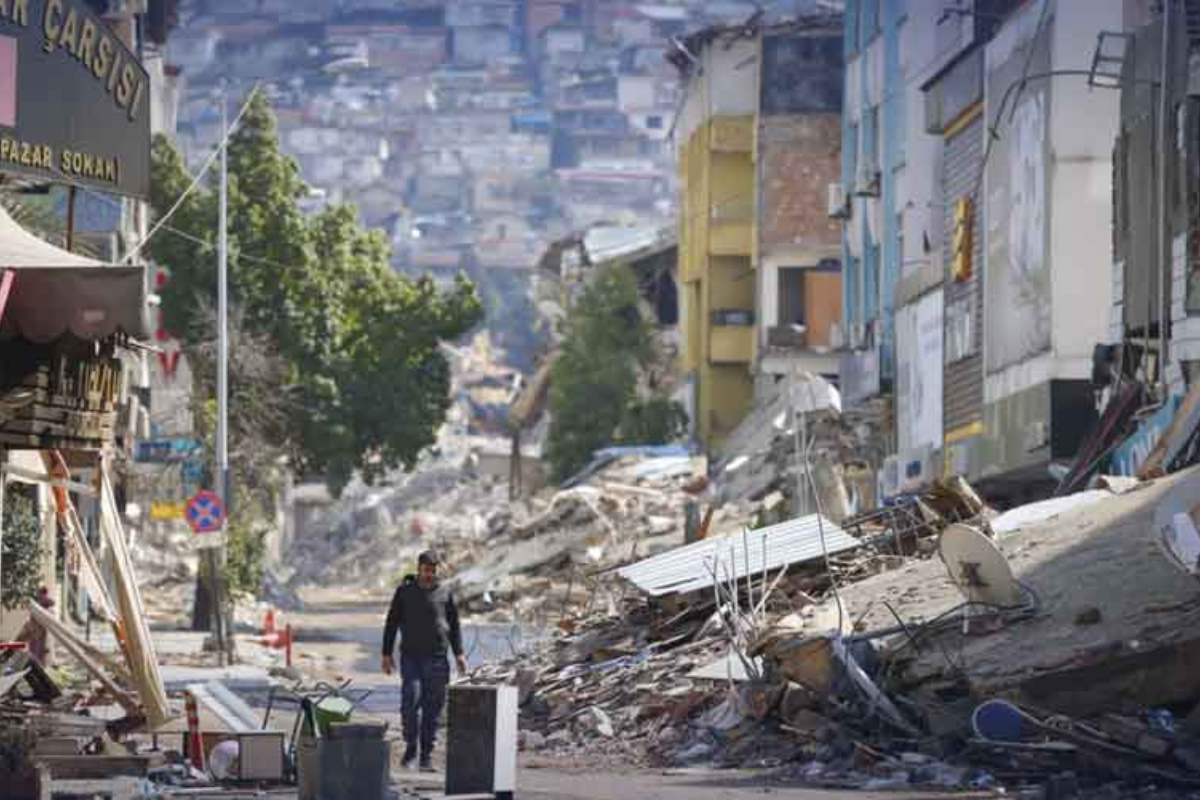- Climate change could increase the risk of “viral spillover” by exposing viruses in the Arctic to new settings and hosts.
- Scientists studied samples from the northern terrain of Lake Hazen.
- He wanted to learn how climate change would impact spillover risk.
According to recently released research, a warmer climate could increase the risk of “viral spillover” by exposing viruses in the Arctic to new settings and hosts.
In order to reproduce and spread, viruses need hosts like people, animals, plants, or fungi. Occasionally, though, they might jump to a new host that is immune, as was the case with the COVID-19 pandemic.
By investigating samples from the northern terrain of Lake Hazen, Canadian scientists sought to learn how climate change would impact spillover risk.
Researcher Graham Colby, who is currently a medical student at the University of Toronto, told the AFP news agency that it is the largest lake in the world that is totally north of the Arctic Circle and that it “was absolutely unlike any other location I’ve been.”
Even in May, which is spring in Canada, the crew had to clear snow and dig through two meters of ice to sample the lakebed as well as the soil that transforms into a riverbed for melting glacier water in the northern summer.
The lake sediment was lifted using ropes and a snowmobile through roughly 300 meters (980 feet) of water, and samples of the genetic messengers and blueprints for life, DNA, and RNA, were then sequenced.
The study’s principal investigator, associate professor Stephane Aris-Brosou of the biology department at the University of Ottawa, said, “This allowed us to identify what viruses are in a specific environment, as well as what possible hosts are also there.”
But the team had to look at the corresponding family tree of each virus and host to determine how probable they were to jump hosts.
According to Audree Lemieux, the study’s first author, “basically what we sought to do was measure how similar these trees are.”
Similar genealogies imply coevolution between a virus and its host, whereas divergences imply spillover.
According to Aris-Brosou, the study revealed clear distinctions between the viruses and hosts in the lakebed, “which is directly associated with the danger of spillover.”
The researchers hypothesize that the reason the difference was less pronounced in riverbeds is that water erodes the topsoil, eliminating organisms and reducing interactions between viruses and potential new hosts.
Instead, those wash into the lake, which has undergone “dramatic alteration” lately, according to the study, as more sediment is deposited by the water from melting glaciers.
That will bring together hosts and viruses that wouldn’t typically interact, according to Lemieux.
The study’s authors stress that neither an actual spillover nor a pandemic is being predicted in the journal Proceedings of the Royal Society B: Biological Sciences.
Lemieux stated that “the probability of major events remains relatively low.”
Additionally, they caution that more research is necessary to determine just how distinct viruses and hosts must be in order to pose a significant danger of spillover.
However, they contend that if additional potential hosts relocate into previously inhospitable places, rising weather could boost hazards even more.
Ticks, mosquitoes, some animals, germs, and viruses themselves are just a few examples of what could cause it, according to Lemieux.
“It’s incredibly erratic… Additionally, spillover’s impact itself can be anything from mild to truly pandemic.
To further understand the risks, the team plans to do more research and surveillance in the area.
Lemieux stated, “Obviously, we’ve seen what spillover effects may be over the last two years.”
[embedpost slug=”climate-protesters-remain-undeterred”]





















